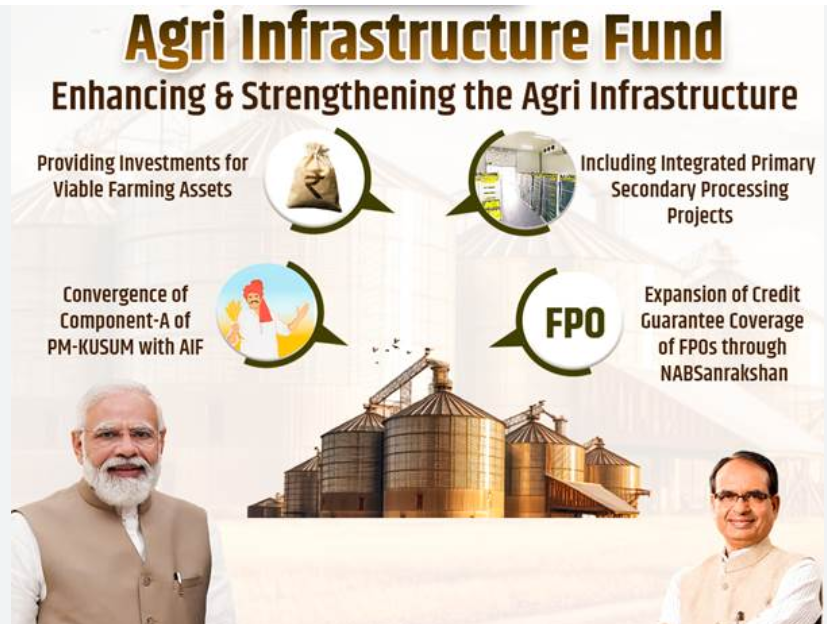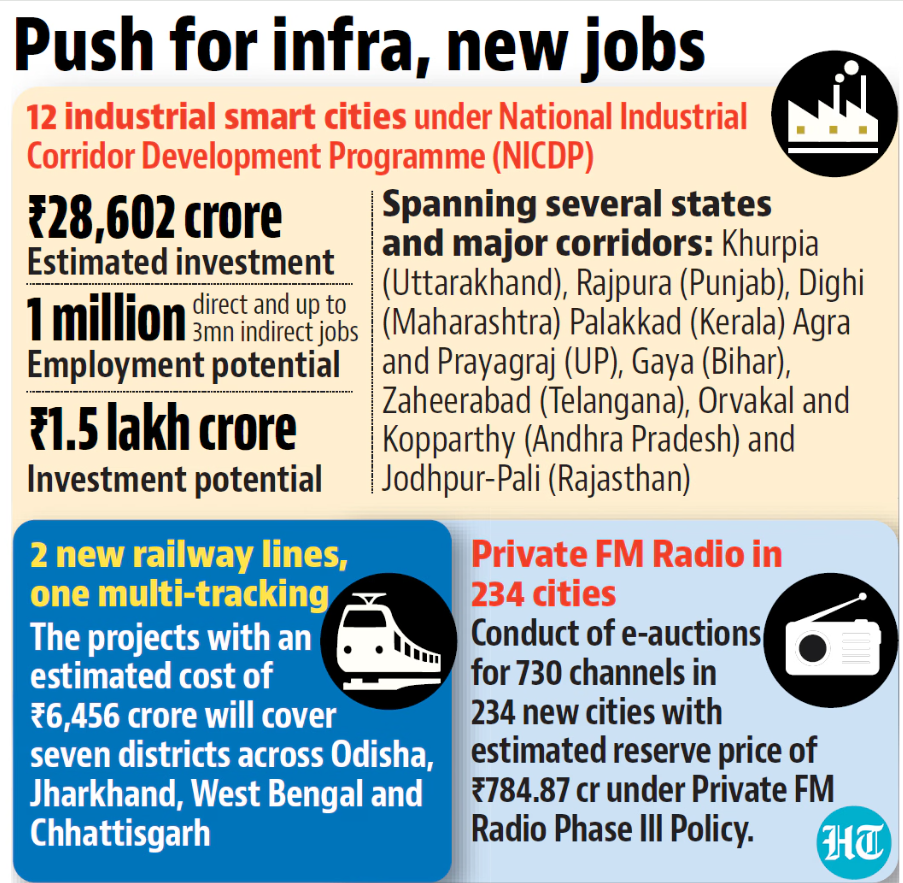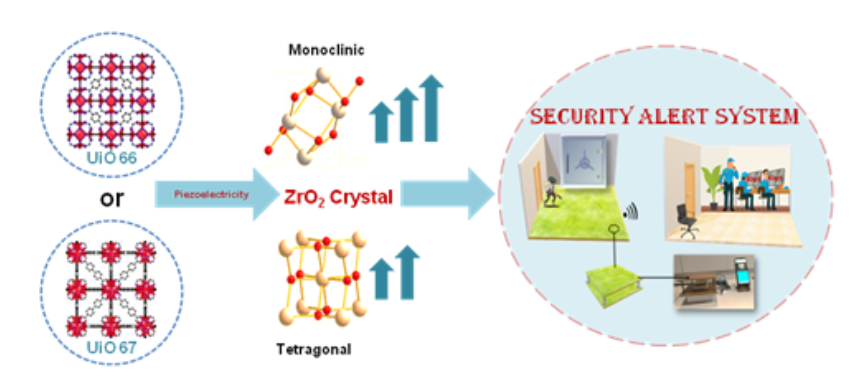29 August 2024 : PIB Summary For UPSC
1. Cabinet accords approval for progressive expansion of Central Sector Scheme of ‘Agriculture Infrastructure Fund’
(Source – https://pib.gov.in/PressReleseDetail.aspx?PRID=2049318 )
| Topic: GS3 – Agriculture – Storage, transport and marketing of agricultural produce |
| Context |
|
Agricultural Infrastructure Fund (AIF)

Aim of the Fund:
- To enhance and strengthen agricultural infrastructure in India.
- To support the development of farming communities and improve productivity.
- To foster a sustainable agricultural ecosystem by investing in infrastructure projects.
- To promote convergence with other government schemes for integrated benefits.
- To drive private sector investments and create rural employment opportunities.
Features of the Fund:
- Expansion of Scope: Includes viable community farming assets as eligible projects for funding.
- Integrated Processing Projects: Allows funding for primary and secondary processing projects; standalone secondary projects are covered under MoFPI schemes.
- Convergence with PM KUSUM: Facilitates alignment of Component-A of PM-KUSUM with AIF, supporting clean energy solutions for farmers, FPOs, and cooperatives.
- Extended Credit Guarantee: Expands credit guarantee coverage for FPOs, enhancing financial security.
- Achievement Metrics: Since its launch in 2020, AIF has funded 74,508 projects, creating 500 LMT of additional storage capacity and generating over 8.19 lakh rural jobs.
- Investment Mobilisation: Total sanctioned amount of Rs 47,575 Crore has mobilised Rs 78,596 Crore in investments, with significant contributions from private entities.
| PYQ: Investment in infrastructure is essential for a more rapid and inclusive economic growth. Discuss in the light of India’s experience. (250 words/15m) (UPSC CSE (M) GS-3 2021) |
| Practice Question: Discuss the objectives and key features of the Agricultural Infrastructure Fund (AIF) introduced by the Government of India. How has the fund contributed to enhancing agricultural infrastructure since its inception? (250 Words /15 marks) |
2. Cabinet approves 12 Industrial nodes/cities under National Industrial Corridor Development Programme
| Topic: GS3 – Indian Economy – Infrastructure |
(Source – https://pib.gov.in/PressReleseDetail.aspx?PRID=2049314 )
| Context |
| The Cabinet Committee on Economic Affairs has approved 12 new industrial smart city projects under the National Industrial Corridor Development Programme (NICDP), with a total investment of Rs. 28,602 crore. |

Analysis of the news:
- These projects span across 10 states, including Uttarakhand, Punjab, Maharashtra, Kerala, Uttar Pradesh, Bihar, Telangana, Andhra Pradesh, and Rajasthan, and are aligned along six major corridors.
- The industrial cities will be developed as greenfield smart cities, incorporating ‘plug-n-play’ and ‘walk-to-work’ concepts to ensure advanced and efficient infrastructure.
- The NICDP aims to boost India’s manufacturing capabilities, contributing towards the $2 trillion export target by 2030, and enhance the country’s position in Global Value Chains.
- The projects are expected to create up to 1 million direct and 3 million indirect jobs, promoting regional economic growth and socio-economic development.
- Emphasis on sustainability includes ICT-enabled utilities and green technologies to minimise environmental impact, aligning with the vision of ‘Viksit Bharat’ or a developed India.
3. Piezoelectric polymer nanocomposite developed can be used for energy harvesting
| Topic: GS3 – Science and Technology |
(Source – https://pib.gov.in/PressReleseDetail.aspx?PRID=2049436 )
| Context |
|

Potential Applications:
- Pressure Sensing: The nanocomposite can be used in flexible, wearable sensors for monitoring pressure changes in various environments.
- Energy Harvesting: It can convert mechanical energy from sources like footsteps into electrical energy, suitable for powering small devices or contributing to energy-efficient systems.
- Security Systems: The material is employed in piezoelectric pavement prototypes that activate security alerts when pressure is detected, with wireless communication through Bluetooth.
- Wearable Electronics: The composite’s flexibility and efficiency make it ideal for integration into wearable technology, offering both energy generation and pressure sensing.
- Sustainable Technologies: The material supports the development of eco-friendly and sustainable energy solutions by harnessing mechanical energy.
| What Is Piezoelectric Performance? |
|

